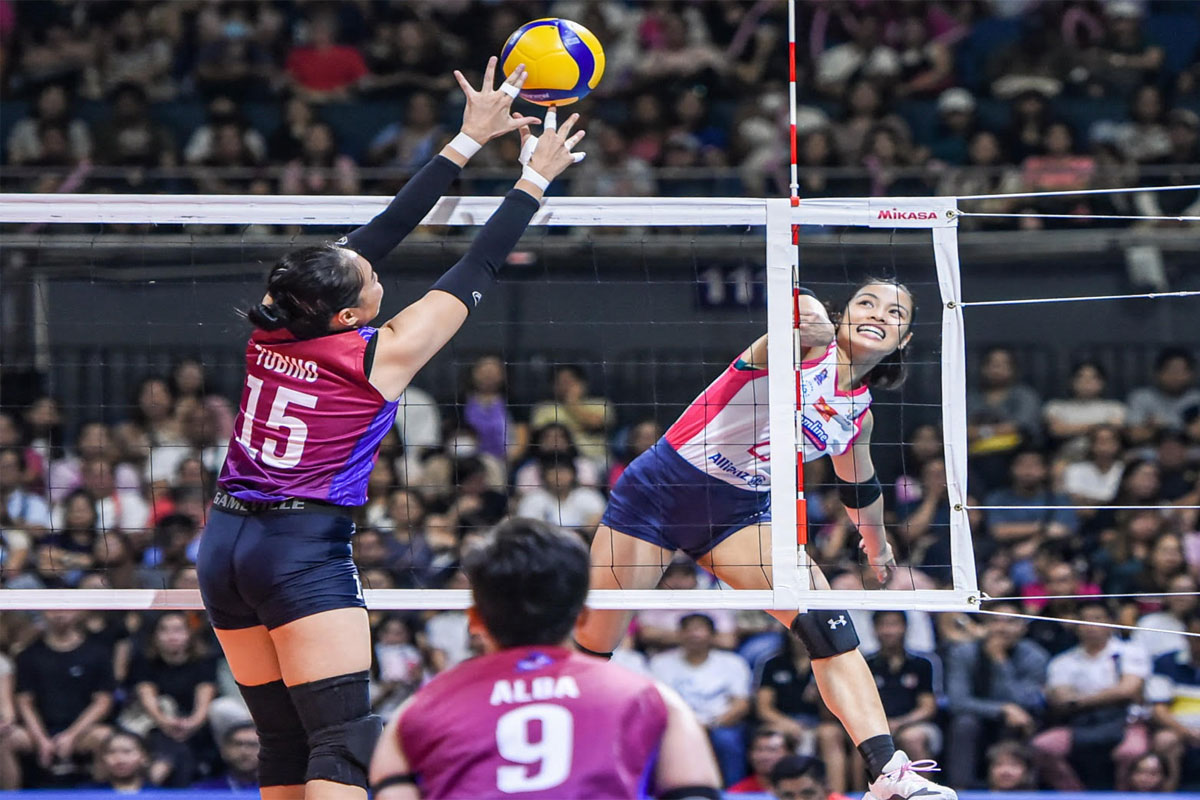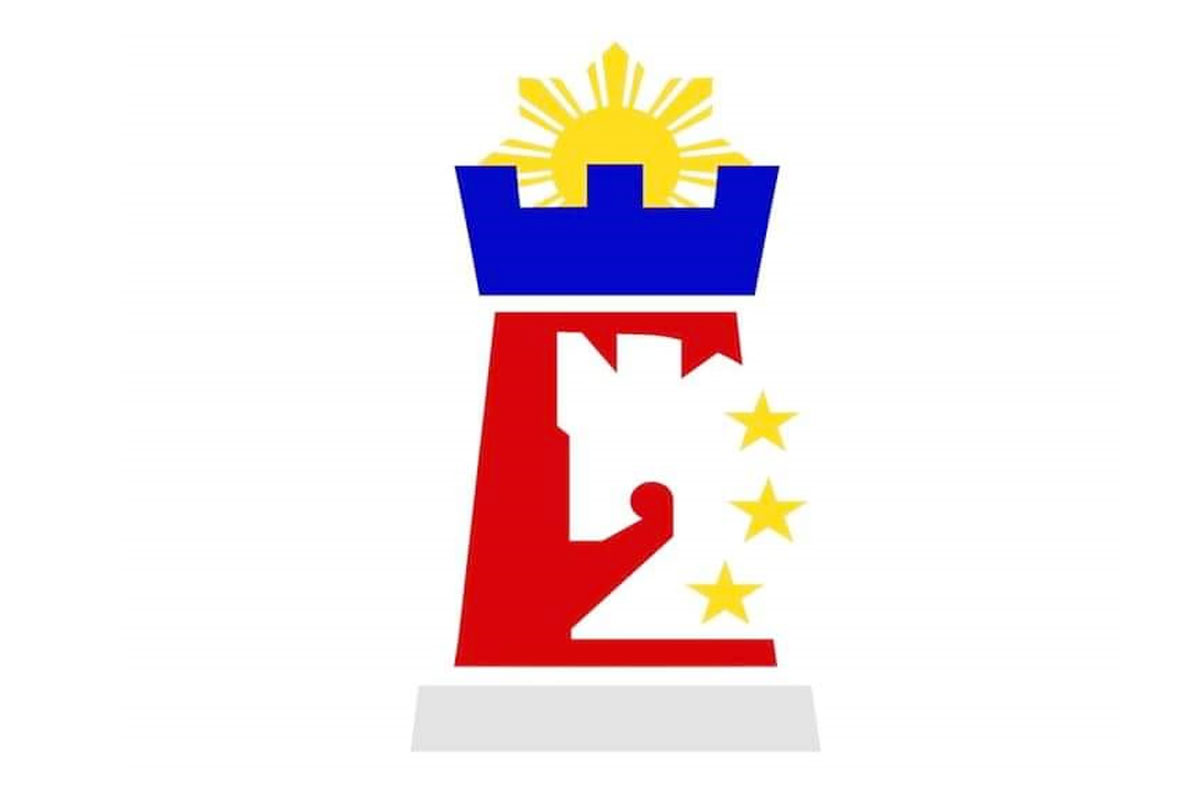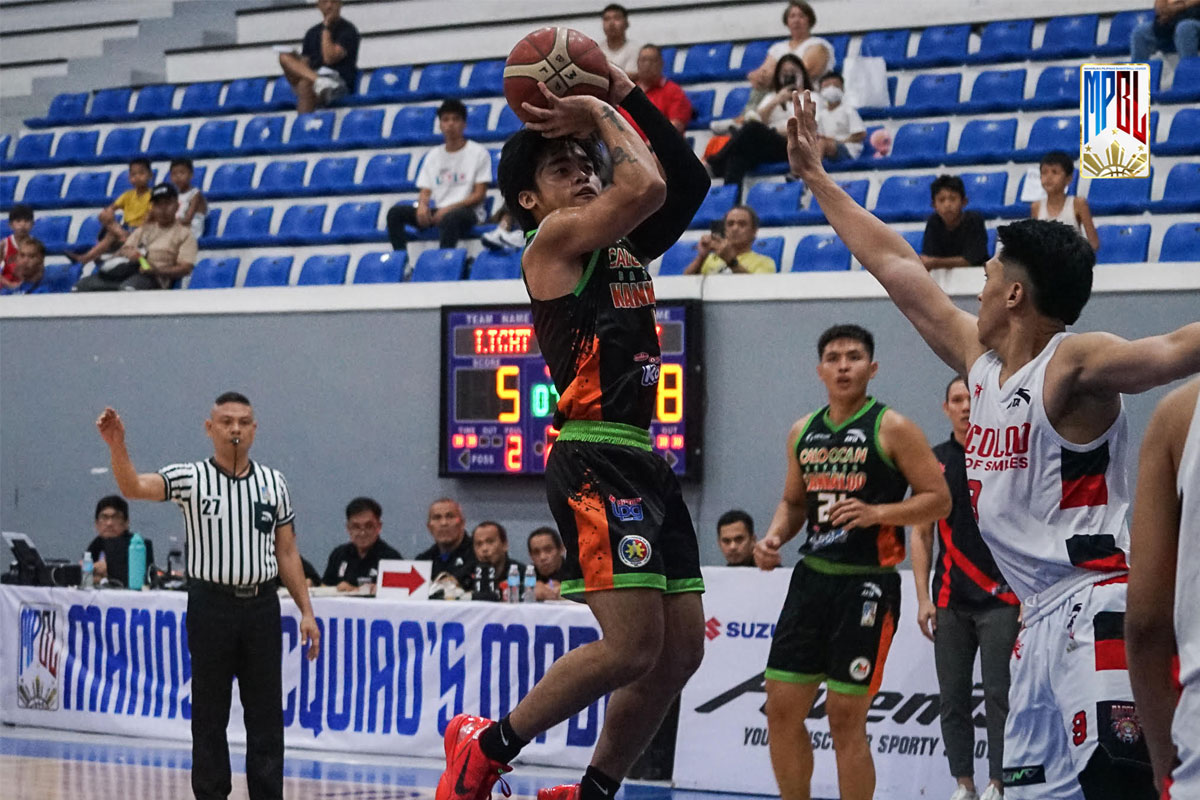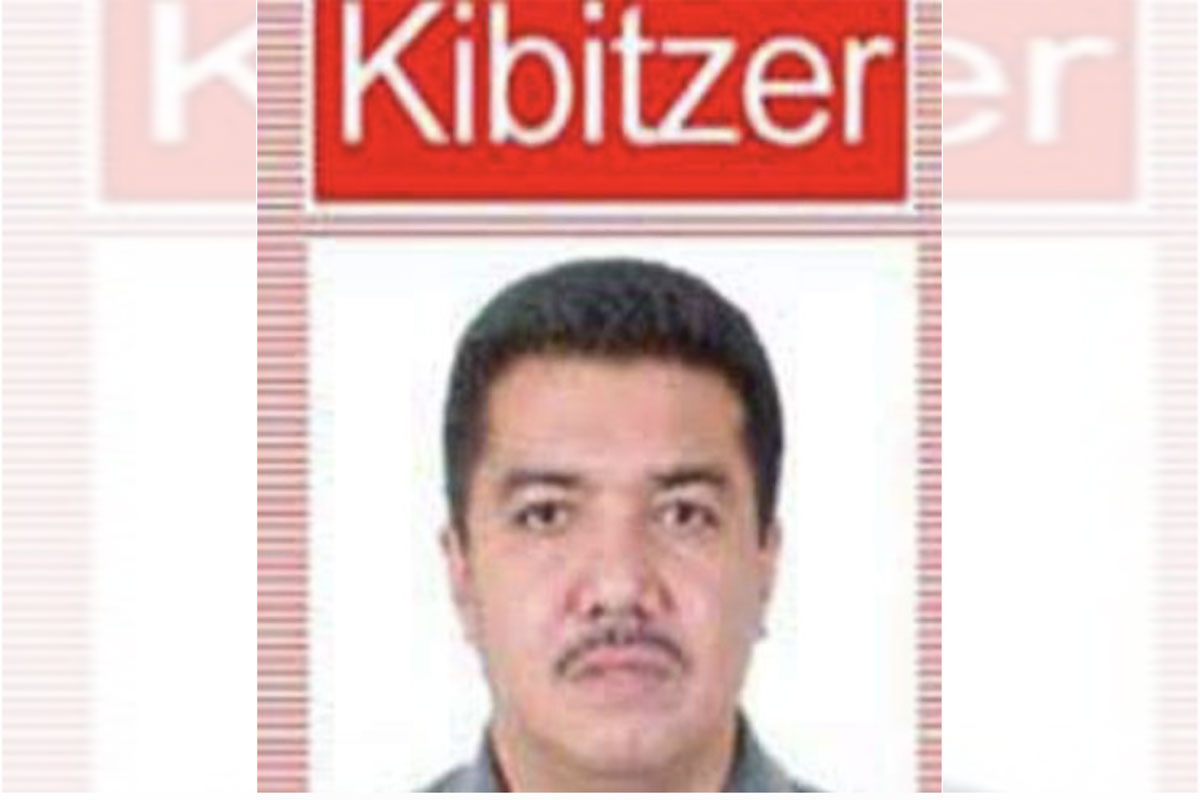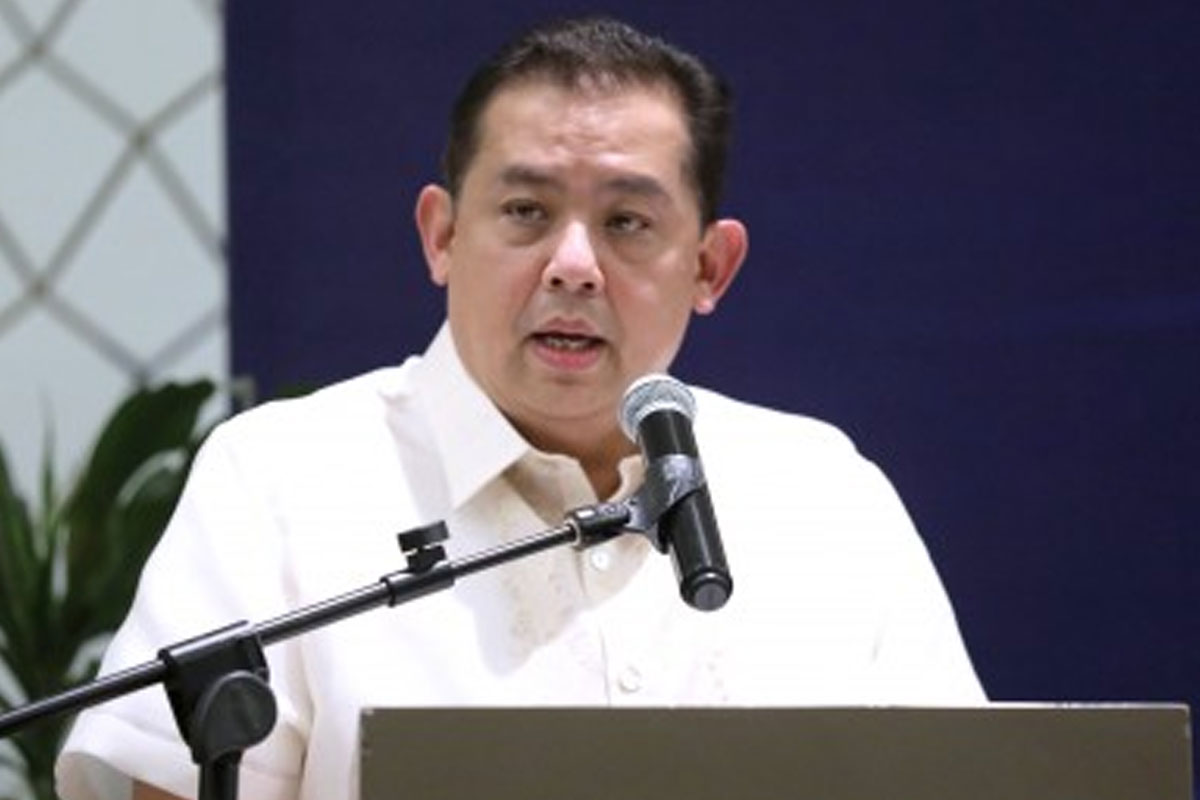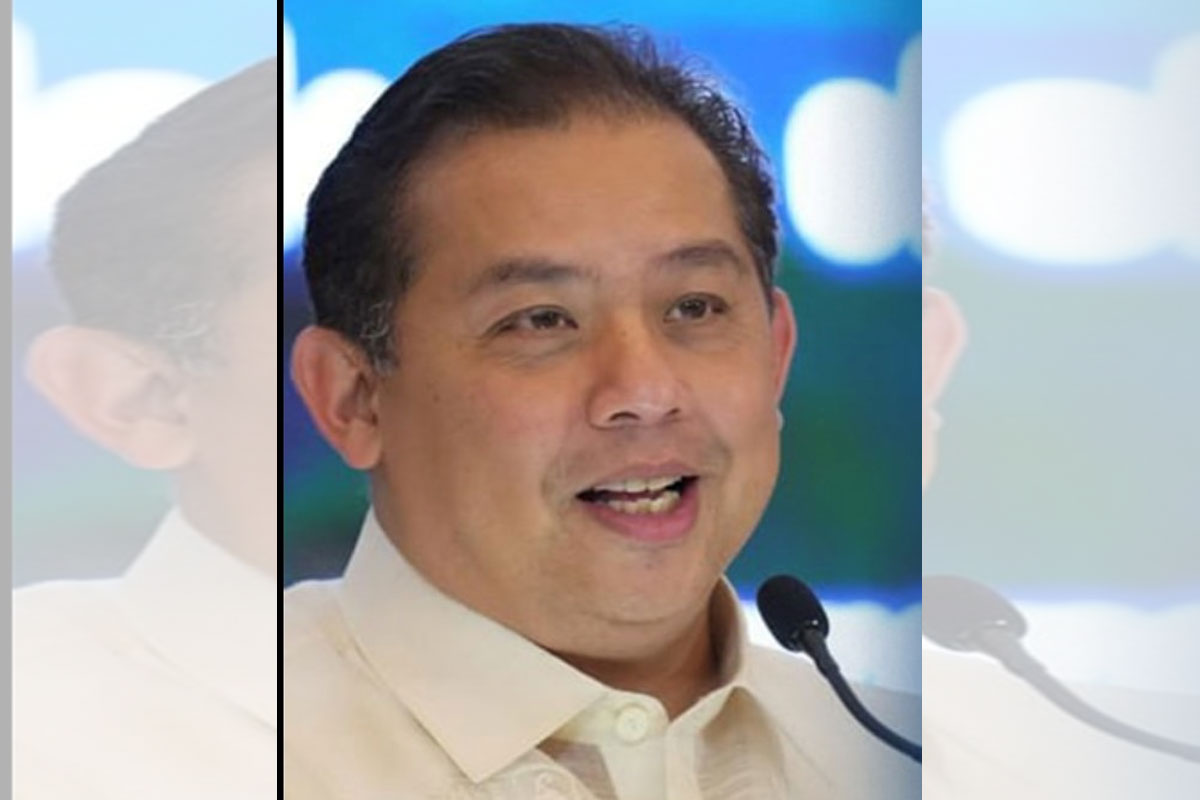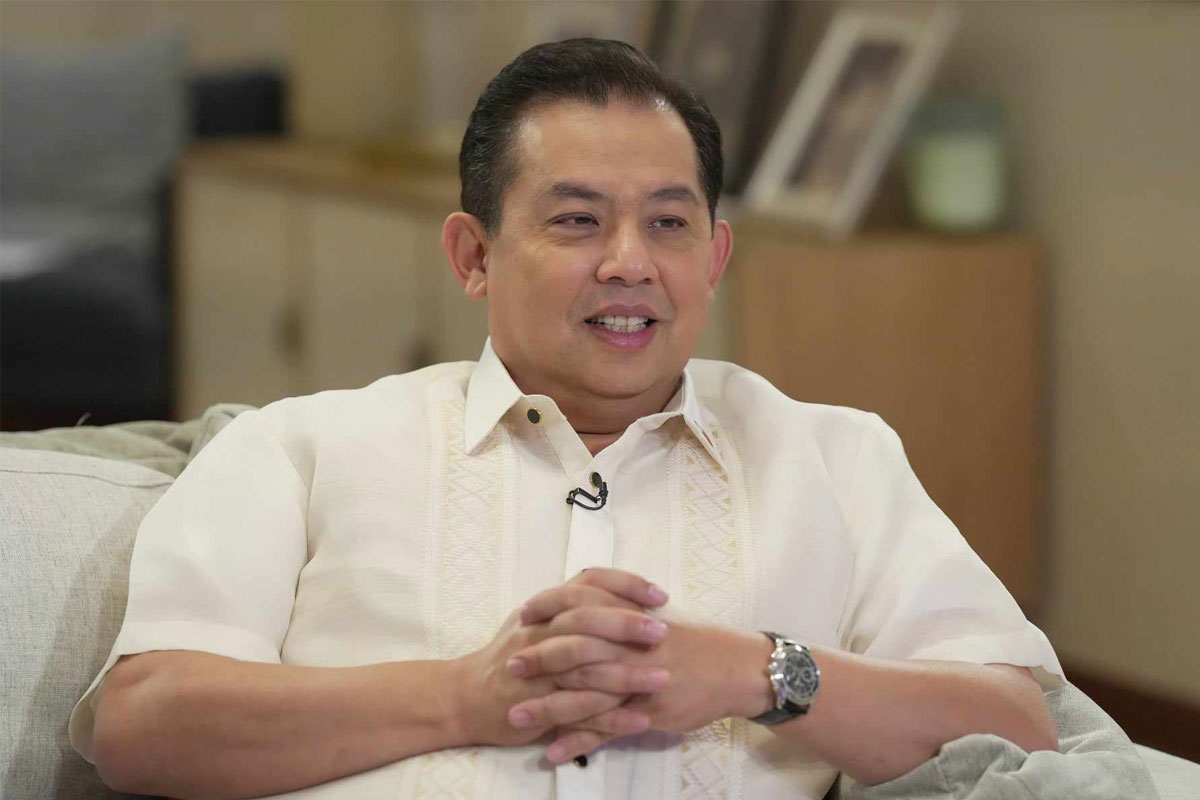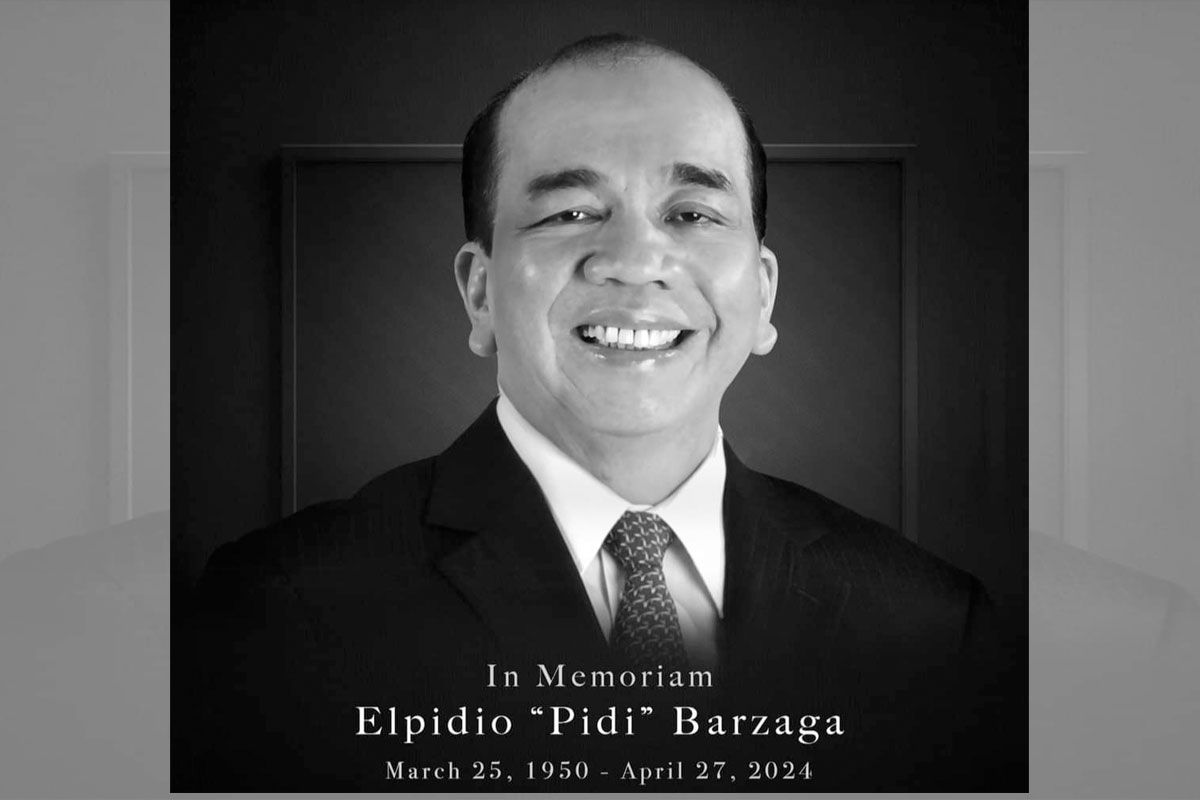
Speedy release of unpaid COVID allowances to me frontliners urged
NATIONAL Unity Party (NUP) president LRay Villafuerte has welcomed the reported release by the Department of Budget and Management (DBM) of over P91 billion-worth of Covid-19 allowances and other benefits due healthcare workers (HCWs) since 2021, and hoped the required paperwork could be settled right away by the Department of Health (DOH) for the prompt release of still-unpaid arrears worth about P27 billion from this entire amount.
“It’s nearly a year after the WHO (World Health Organization) declared the worldwide health emergency spawned by Covid-19 as officially over, and yet many of our HCWs who were at the frontlines of that three-year global war have yet to receive the economic benefits due them for their untold sacrifices to save lives during the pandemic,” Villafuerte, a lead author of the law that provided Public Health Emergency Benefits and Allowances (PHEBA) to medical frontliners for their Covid-related services, said.
To correct this lapse and ensure that all HCWs finally receive their unpaid PHEBA soon enough and in full, Villafuerte backed a DBM proposal for the DOH to solve the delays in the releases by fast-tracking the creation of a nationwide mapping of all the law-provided allowances due these healthcare workers, broken down per region and per health facility.
A former CamSur governor, Villafuerte likewise backed the proposal of Budget Secretary Amenah Pangandaman for the DOH to use a blanket memorandum of agreement (MOA) with the Department of Interior and Local Government (DILG) and private organizations to speed up the release of the still-unpaid Health Emergency Allowance (HEA) claims of HCWs in private hospitals and local government units (LGUs).
“Such a fast-tracked mapping and the use of a blanket MOA with the DILG and private organizations to address bottlenecks in the release of HEA claims mostly in hospitals and LGUs—as both suggested by the DBM— would let the DOH come up with a definitive amount as to how much Covid-19 extra benefits exactly are still due our medical frontliners,” Villafuerte said.
“Moreover, this would enable the DBM to determine whether it needs to allocate additional funds other than the combined P91.283 billion in HEA and other allowances that it now claims to have already released to the DOH for payout to HCWs and non-HCWs all over the country,” Villafuerte said.
Based on an April 16 report of the DBM, Pangandaman said her Department has thus far released a total of P91.238 billion for the PHEBA of all HCWs since 2021.
Such benefits comprise P73.26 for HEA and the One Covid-19 Allowance (OCA), P12.9 billion for Special Risk Allowance (SRA), P3.65 billion for Covid-19 Sickness and Death Compensation, and P1.4 billion for other benefits, including meals, transportation and accommodation expenses.
Of this amount, the DBM reported that the DOH—as the implementing agency—had received P12.1 billion in 2021, P28 billion in 2022, P31.1 billion in 2023, and P19.962 billion this year.
Pangandaman said in the April 16 statement and in a radio interview that for 2024, the P19.962 billion was allocated for the HEA of medical frontliners under this year’s General Appropriations Act (GAA) as part of its policy on the “comprehensive release” of such funds intended for the DOH.
The budget secretary further said that of the over P91 billion already given to the DOH, the DOH has so far disbursed P64 billion already.
Villafuerte pointed out this leaves a balance of P27 billion of DBM-released funds for HCWs and non-HCWs that have yet to be handed over to medical workers.
“Aside from speeding up the paperwork to clear the way to the release at the soonest of the balance of P27 billion to the intended HCW and non-HCW beneficiaries,” he said, “the DOH needs to carry out a quick mapping system for all claims and payments, so the DBM will know if the P91.283 billion is the final amount covering arrears or whether the DBM has to source additional funding for the complete and final payment of all overdue PHEBA for our medical frontliners.”
“With the end of the Covid-19 health crisis almost a year ago already, the prompt and full release of the benefits long due them is the least we can do for our HCWs and non-HCWs who were at the forefront of the war to save lives during the pandemic,” Villafuerte said.
Following the recommendation by the WHO’s Covid 19 Emergency Committee, WHO Director-General Tedros Adhanom Ghebreyesus declared on May 5 last year that this virus was no longer a public health emergency and not a global threat anymore.
At that time in May 2023, the cumulative cases of Covid-19 all over the world was listed by the Geneva-based WHO at 765.22 million, with 6.9 million deaths and 13.3 billion vaccine doses administered.
Villafuerte recalled that in a previous meeting, officials of both Departments said they had reached agreement for the DOH to finish the computation of the HEA claims in arrears so it can “determine if additional funding requirements are necessary despite the cumulatively released PHEBA allocations for our healthcare and non-healthcare workers.”
The DBM said this HEA mapping “will capture and present all PHEBA claims and payments by Region/Health Facilities for the period covered by the benefit. The information gathered from the HEA mapping shall be used in expediting final determination of the amount of deficiency to cover the full settlement of arrears.”
Pangandaman said the DOH already has a link for this proposed HEA mapping. “Tapos, nag-promise po sila (DOH) na aayusin nila ‘yung link na ‘yun. So, siguro po, bigyan natin sila ng oras. Sana po within the month, sana po matapos nila ‘yun,” she said.
As for the DOH, it said in a report that it was ready to release more funds “as soon as the concerned private and LGU hospitals comply with the law that requires liquidation.”
Health Undersecretary Ma. Carolina Vidal-Taiño was reported in the media as saying that although the funds had been released by the DBM, the DOH was still validating HCW benefits under the PHEBA program.
Vidal-Taiño said the DOH has yet to complete the DBM-proposed HEA mapping.
“In response to this agreement (with the DBM), our Office, with assistance from all Operating Units (OUs), has created a HEA mapping outlining both the released funds and the remaining funds required for the aforementioned grant,” Vidal-Taiño said.
The majority leader of the Commission on Appointments (CA), Villafuerte recalled that during the CA’s confirmation hearing on his Cabinet posting, Health Secretary Teodoro Herbosa had assured the Congress that he would give priority to the release of the unpaid Covid-19 allowances of HCWs.
Given Herbosa’s impressive record in the health sector, including stints as Special Adviser to the National Task Force Against Covid-19 and trauma division chief at the surgery department of the Philippine General Hospital (PGH), Villafuerte said he assumed that: “As a medical frontliner himself, Secretary Ted (Herbosa) will agree with me that it doesn’t make sense that for all their life-saving efforts at the height of the pandemic, our HCWs and non-HCWs in hospitals and other health institutions have yet to receive the emergency allowances due them up this time when the WHO had declared for almost a year now that this global public health emergency was over.”
Aside from HCWs, the extra benefits also cover frontliners who are non-healthcare workers (non-HCWs), including those rendering medical, allied medical, administrative, technical, and support services in hospitals, health facilities, laboratories, medical or temporary treatment and monitoring facilities, and vaccination sites.
Villafuerte was the principal author in the House of Representatives of Republic Act (RA) 11469 or the “Bayanihan to Heal as One Act” (Bayanihan 1) and RA 11494 or the “Bayanihan to Recover as One Act” (Bayanihan 2), both of which had provided for such extra benefits to HCWs and non-HCWs along with financial aid or ayuda to poor Filipino families, dislocated workers and other Covid-hit sectors.
The former CamSur governor had co-authored as well RA 11712 or the “Public Health Emergency Benefits and Allowances for Healthcare Workers Act,” which assured the release of such extra pay for HCWs and non-HCWs even after the lapse of the two Bayanihan laws.
Villafuerte explained that RA 11712 entitled medical frontliners to a monthly HEA equivalent to P3,000 for healthworkers in low-risk areas; P6,000 for those in moderate-risk areas; and P9,000 for medical frontliners in high-risk places.
He pointed out that RA 11712 was written by the 18th Congress to prevent a repeat of previous instances wherein many of our medical frontliners had complained about not getting on time the HEA due them for their invaluable services in caring for Covid-infected Filipinos since the pandemic broke out in early 2020.
Under RA 11712, the supplemental benefits will have retroactive application from July 1, 2021.
Villafuerte said that apart from the HEA under RA 11712, HCWs infected with mild or moderate Covid-19 infection were entitled to receive P15,000 in compensation, while those who contracted severe or critical coronavirus disease were to get P100,000 each.
The families of every HCWs and non-HCW who died of Covid-19 in the line of duty were also supposed to each receive P1 million, he added.
HCW groups such as the United Private Hospital Unions of the Philippines (UPHUP), UNI Global Union-Philippine Liaison Council (UNI-PLC) and Unified Filipino Service Workers (UFSW) have separately protested the delays in the HEA releases.
As of its April 15 data, a total of 4.14 million Covid-19 cases had been recorded by the DOH, of which 66,864 infections resulted to deaths of patients.
Earlier, Villafuerte had lauded the President’s successive measures to lift or relax anti-Covid restrictions on a staggered basis, including the removal of the masking policy outdoors and, later, indoors and the easing of inbound travel restrictions on international travelers.
He was bullish back then that the President’s moves would send a loud and clear message that the Philippines was back in business, leading to the strong recovery of the economy and the tourism industry.


